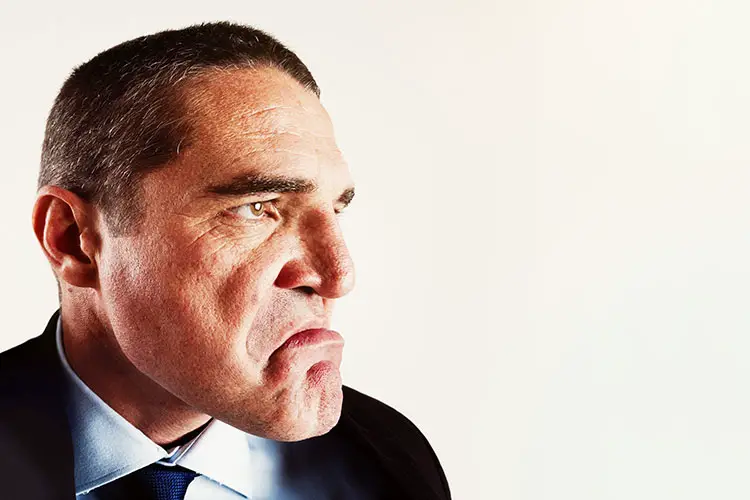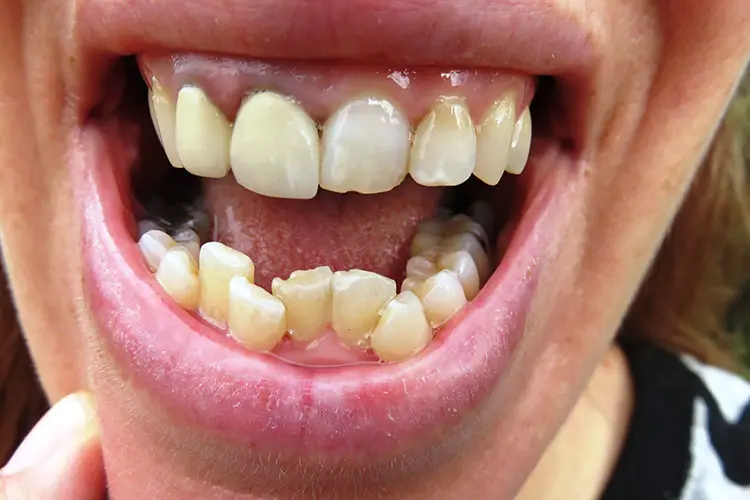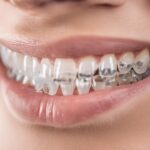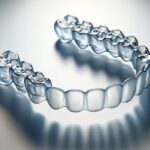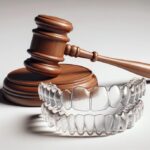An underbite is a Class III malocclusion or “bad bite”. An underbite is when a person’s lower jaw (mandible) protrudes or extends forward, and in front of the upper jaw (maxilla), giving the chin and lower teeth prominence. The majority of under bite, and even overbite, cases can be corrected by non-surgical bite correction such as braces. In its severe form, an underbite can distort the shape and appearance of a person’s face, and even dramatically affect their speech. These extreme cases are also called skeletal malocclusions. The cause behind skeletal malocclusions, is either a very large mandible (overbite) or a very short maxillary bone (underbite), and often requires surgical treatment or orthognathic surgery.
There are a number of considerations to think through before attempting bite correction treatment for a malocclusion, such as an under bite. The first factor to consider is the age of the patient. According to the American Association of Orthodontics, an orthodontist should see a patient by the time they are 7 years of age. The idea being that bite corrections are more easily performed during a child’s growth spurt. While baby teeth are still present, orthodontists can spot problems with jaw growth, lower risk to protruding front teeth, correct harmful oral habits, and guide permanent teeth into a more favorable position that promotes better oral health.
Another factor a patient should consider is the physical dysfunction an underbite causes in their daily life. Some people experience speech impediments such as lisps, while others experience low self-esteem. Teenagers are extremely vulnerable to bullying and other teasing behaviors, and underbites can elicit undue stress at a particularly difficult time in their lives. Secondly, a patient must consider the severity of the underbite. If it interferes with a patient’s ability to chew or speak, or makes them feel self-conscious, then it may be worth considering. Since treatment plans for underbites can be lengthy, a patient must decide for themselves whether they can truly commit to treatment. They must also fully understand both the risks and benefits involved.
Orthognathic Double Jaw Surgery
When malocclusion issues cannot be corrected by braces alone, surgery is another option. Orthognathic or jaw surgery is a procedure that can be very complex depending upon the severity of the malocclusion and the cause behind it. In general, the surgery involves two possible procedures: cuts in the bone to realign the upper jawbone forward, or cutting the bone and repositioning the lower jawbone to realign the chin and lower teeth back. Some cases may also require a combination of the two procedures.
For those suffering from moderate to severe underbites, bite correction in the form of orthognathic surgery is an excellent option. Since this is an extensive procedure, no one should commit to this lightly. One major factor when considering surgery is the cost. Dental or medical insurance may or may not cover the entire surgical procedure. It’s also important to understand that orthodontics may be required as part of the treatment plan after the surgery is completed. Finally, since various medical and dental professionals can be involved in underbite correction, the cost can be high. If surgery is required, the cost of the anesthesiologist, the orthodontics and the post-surgery care are all contributing factors. Other factors to consider include:
- Time spent away from work or school
- Associated discomfort
- Risks and complications such as infection and lip numbness
Deciding upon surgery is a truly personal choice. But with the help of your regular dentist, a qualified oral surgeon and orthodontist, you should feel totally confident in your decision to begin the next chapter of your new life with a healthier and improved smile.

